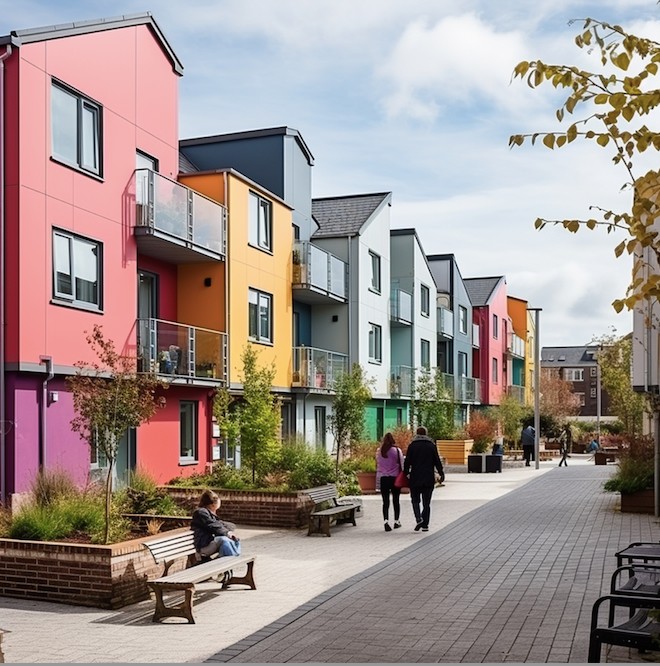
Introduction to New Guidelines:
The newly published ministerial guidelines, set to transform urban areas into more appealing, habitable, and excellently designed spaces. These guidelines represent a significant stride in urban development.
Legal Framework:
Issued under section 28 of the Planning and Development Act 2000 (as amended), these guidelines are not mere suggestions but carry weight. Planning authorities and An Bord Pleanála are required to take these into serious consideration, integrating them into their planning decisions.
Aim and Expansion of Government Policy:
These guidelines are an expansion of the government’s National Planning Framework (NPF), focusing on compact growth and sustainable living environments. They align with the overarching vision of creating more cohesive and environmentally conscious urban settlements.
Ministerial Endorsement:
Darragh O’Brien, the Minister for Housing, Local Government, and Heritage, expressed his support for these guidelines. He highlighted their timeliness, especially in the context of the government’s ‘Housing for All’ initiative. These guidelines serve to elaborate on the NPF’s vision for compact, attractive, and well-designed settlements.
Impact on Housing Supply:
The guidelines aim to diversify housing options to accommodate Ireland’s growing and diverse population. They offer greater flexibility in housing development, which is expected to accelerate the delivery of various housing types.
Kieran O’Donnell’s Insights:
Kieran O’Donnell, Minister of State for Local Government and Planning, underscored the guidelines’ role in facilitating appropriate residential density standards across various settlements. The guidelines also promote a more flexible approach to residential design, supporting the development of compact housing with individual access and diverse affordable housing options.
Environmental Considerations:
These guidelines are also responsive to Ireland’s obligations under European Directives and international agreements concerning environmental management, biodiversity protection, and the transition towards net zero by 2050.
These guidelines are a crucial step towards developing more sustainable, attractive, and liveable urban areas, reflecting a commitment to both community wellbeing and environmental responsibility.





